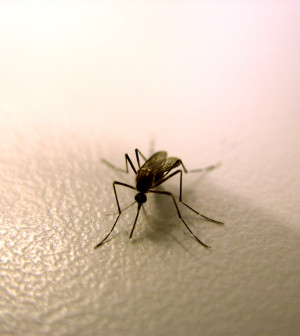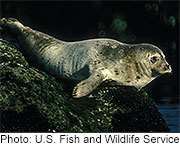- Navigating Your Midlife Crisis: Embracing New Possibilities
- City Raccoons Showing Signs of Domestication
- Mapping the Exposome: Science Broadens Focus to Environmental Disease Triggers
- One Week Less on Social Media Linked to Better Mental Health
- Your Brain Changes in Stages as You Age, Study Finds
- Some Suicide Victims Show No Typical Warning Signs, Study Finds
- ByHeart Formula Faces Lawsuits After Babies Sickened With Botulism
- Switch to Vegan Diet Could Cut Your Greenhouse Gas Emissions in Half
- Regular Bedtime Does Wonders for Blood Pressure
- Dining Alone Could Mean Worse Nutrition for Seniors
Avian Flu In Harbor Seals Could Infect People


The avian flu that killed 160 harbor seals in New England in 2011 could be spread through respiratory drops and therefore poses a potential threat to humans, according to a new study.
Although no human illnesses have been linked to the harbor seal virus, researchers at St. Jude Children’s Research hospital have discovered natural mutations to the avian H3N8 seal virus that might allow it to travel through the air in droplets.
Current seasonal flu vaccines wouldn’t help in such a scenario, the study’s authors added. What’s more, the researchers found that humans don’t have an evidence of protection against this virus.
“The transmissibility of the seal H3N8 virus coupled with the apparent lack of immunity makes this strain a concern,” the researchers wrote in the study, which was published in a recent issue of Nature Communications.
Deadly cases of avian H5N1 and H7N9 flu have been confirmed around the world. Mutations in a specific protein allowed the H5N1 virus to spread through respiratory droplets.
The researchers isolated the H3N8 virus and found it could grow and infect human lung cells. They also found the virus spread among ferrets through respiratory droplets.
“This study highlights a gain-of-function experiment that occurred in nature and shows us there are avian flu viruses out there beyond H5N1 and H7N9 that could pose a threat to humans,” explained the study’s corresponding author, Stacey Schultz-Cherry, a member of the St. Jude Department of Infectious Diseases, in a hospital news release.
“Avian H3N8 viruses are established in horses and dogs. This study raises a red flag about the threat this strain poses to humans exposed to animals infected with the virus,” she said. Avian H3N8 may have also triggered a human flu pandemic in the 1880s, according to the researchers.
The researchers say their findings highlight the need to monitor flu viruses among wild and domestic animals to better understand potential risks to people and the genetic changes that can allow a virus to spread through respiratory droplets.
More information
The U.S. Centers for Disease Control and Prevention has more information on avian flu.
Source: HealthDay
Copyright © 2025 HealthDay. All rights reserved.










